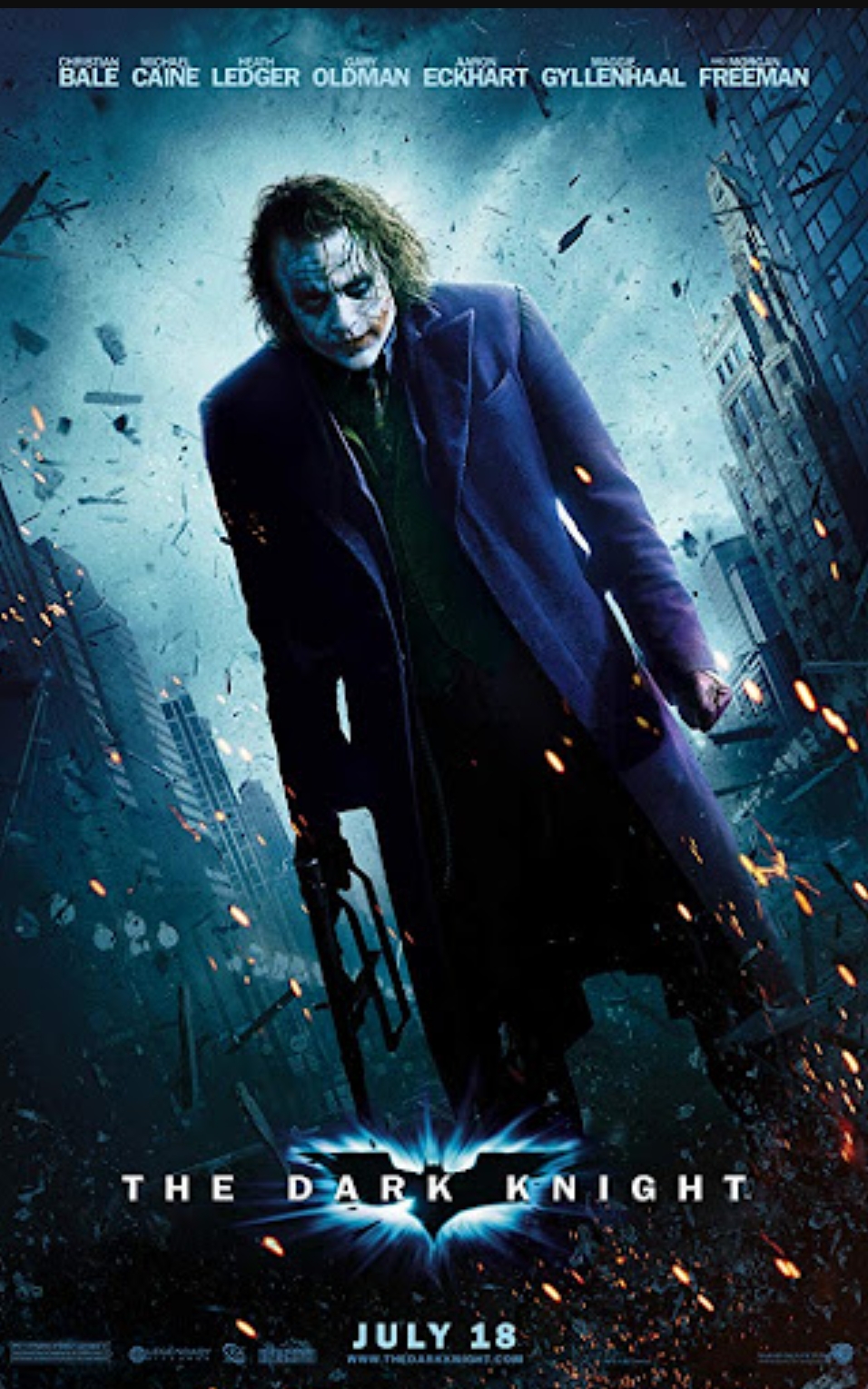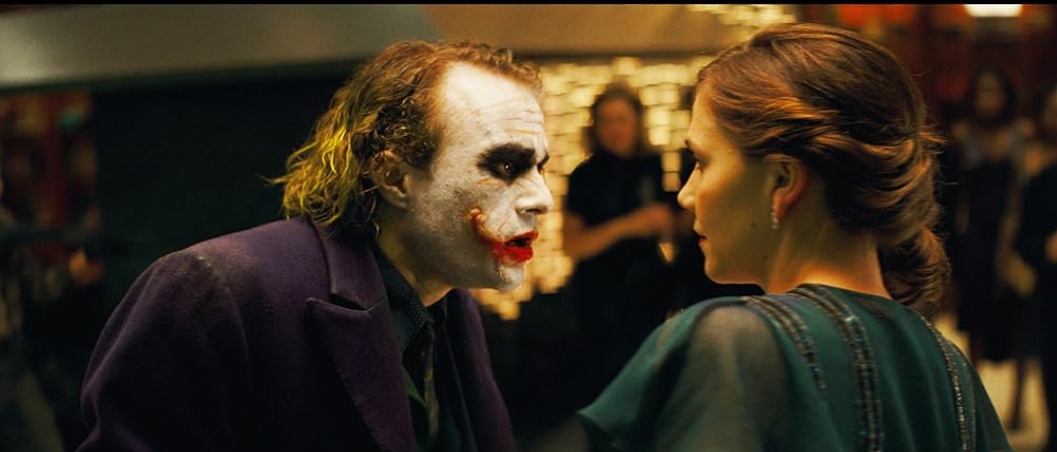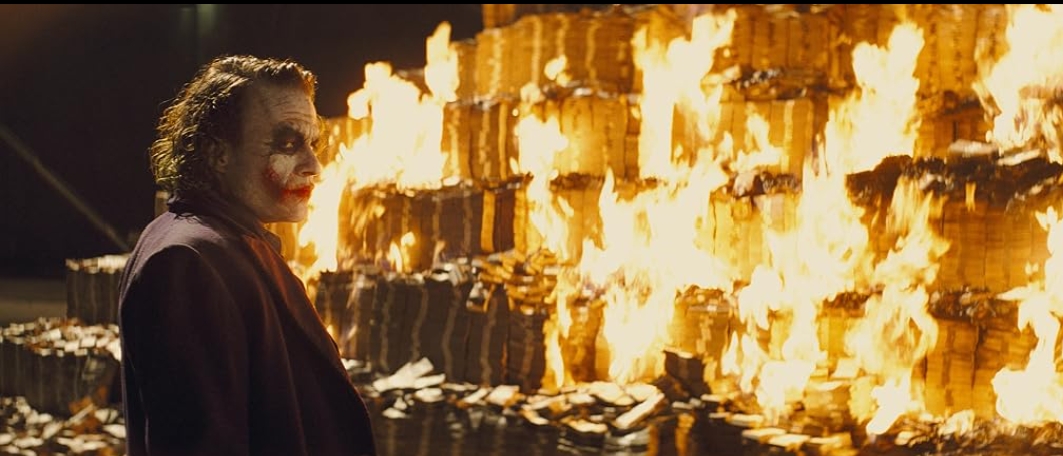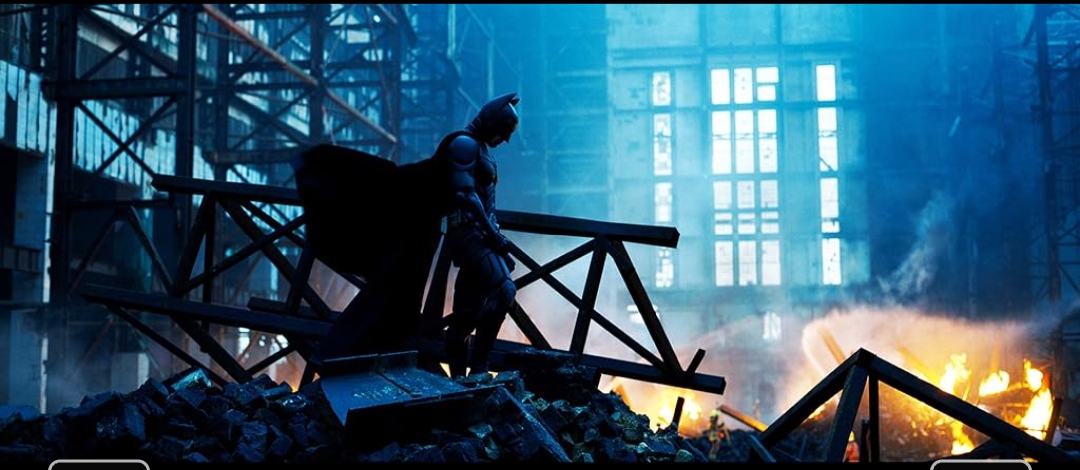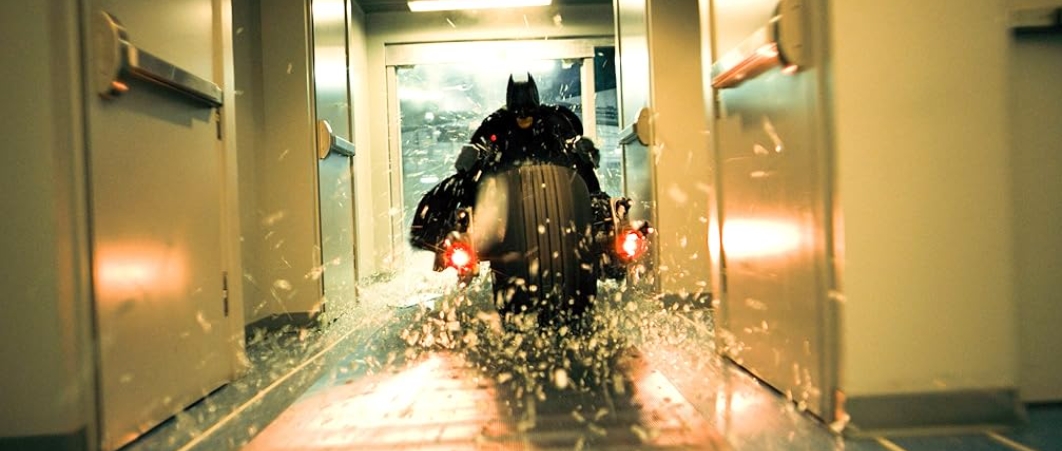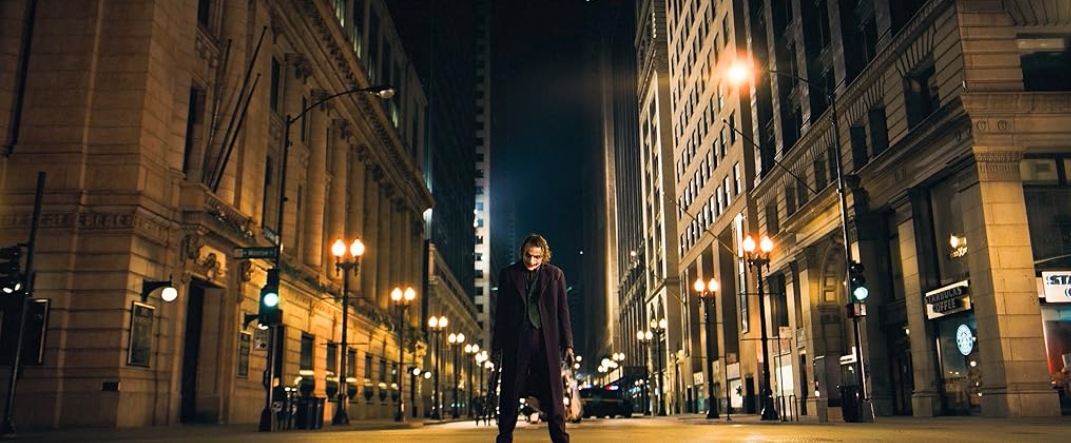The Dark Knight, a 2008 superhero film directed by Christopher Nolan, stands as a significant entry not just within the superhero genre, but within cinematic history, it operates as a complex exploration of morality, chaos, order, and the nature of heroism itself, set against the backdrop of a decaying Gotham City. The film’s narrative weaves together multiple interwoven storylines, primarily focusing on the escalating conflict between Batman, the city’s vigilante protector, and the Joker, a self-proclaimed agent of chaos, this conflict isn’t simply a physical confrontation; it’s a philosophical battle waged on the streets and within the hearts and minds of Gotham’s citizens, the film opens with a meticulously planned bank heist orchestrated by the Joker, immediately establishing his cunning and disregard for conventional criminal behavior. This scene sets the tone for the Joker’s entire presence in the film, showcasing his preference for elaborate schemes designed to sow discord and undermine established systems, this disruption contrasts sharply with Batman’s more traditional approach to crime fighting, which relies on technology, strategy, and a strict moral code.
The introduction of Harvey Dent, Gotham’s newly elected District Attorney, adds another layer of complexity to the narrative, dent represents the hope for legitimate change within the city, a symbol of justice operating within the established legal framework, he forms an uneasy alliance with Batman and Lieutenant James Gordon, creating a three-pronged approach to combating organized crime, This alliance represents the potential for collaboration between different forms of justice, suggesting that a combination of vigilantism and legal action might be the most effective way to restore order, however, the Joker’s actions systematically dismantle this hope, targeting dent specifically as a means of proving his nihilistic philosophy, the film portrays Gotham as a city rife with corruption, where even the institutions meant to uphold justice are compromised, this pervasive corruption creates an environment ripe for the Joker’s brand of chaos, as it erodes public trust and creates a sense of desperation. Batman’s struggle is not just against criminals, but also against this systemic corruption that threatens to consume the city.
The Joker’s methods are particularly disturbing because they exploit the inherent weaknesses of human nature. He doesn’t simply commit crimes for personal gain; he designs elaborate social experiments, forcing individuals and groups into impossible moral dilemmas. These dilemmas expose the fragility of societal norms and the ease with which individuals can be driven to desperate acts, one of the most prominent examples is the ferry boat scene, where the Joker presents two ferries, one filled with civilians and the other with prisoners, with the choice of destroying the other to save themselves, this scenario highlights the Joker’s belief that under pressure, even the most law-abiding citizens will succumb to their baser instincts, the film delves into the psychological impact of fear and chaos, demonstrating how these forces can manipulate individuals and erode their sense of morality,
The Joker’s manipulation of Harvey Dent is a particularly poignant example. Dent, initially a symbol of hope and justice, is transformed into the vengeful Two-Face, a tragic figure driven by grief and a twisted sense of fairness, this transformation serves as a powerful illustration of the Joker’s ability to corrupt even the most virtuous individuals.
The film grapples with the ethical implications of vigilantism, questioning the boundaries of Batman’s methods and the potential for abuse of power, batman operates outside the law, using advanced technology and physical force to apprehend criminals, While his intentions are noble, his actions raise questions about the legitimacy of his authority, the film explores the tension between order and freedom, suggesting that sometimes the pursuit of order can come at the cost of individual liberties. The Joker’s actions are not simply random acts of violence; they are calculated attempts to expose the hypocrisy and fragility of societal order, he challenges the notion that rules and laws are inherently just, arguing that they are merely constructs that can be easily manipulated ,this challenge forces Batman to confront the limitations of his own methods and the potential
consequences of his actions, The film’s exploration of these themes extends beyond the immediate conflict between Batman and the Joker, touching on broader questions about the nature of justice, morality, and the role of government.
The film’s visual style contributes significantly to its overall impact, Nolan’s use of IMAX cameras and practical effects creates a sense of realism and immediacy, immersing the viewer in the gritty world of Gotham, the action sequences are not simply displays of spectacle; they are carefully choreographed and integrated into the narrative, serving to advance the plot and develop the characters, the performances are also crucial to the film’s success, Heath Ledger’s portrayal of the Joker is particularly iconic, capturing the character’s unpredictable nature and chilling charisma, ledger’s performance earned him posthumous critical acclaim and an Academy Award, solidifying the Joker’s place as one of cinema’s most memorable villains, Christian Bale delivers a nuanced performance as Batman, portraying the character’s internal struggles and the weight of his responsibility, Aaron Eckhart’s portrayal of Harvey Dent provides a compelling arc, showcasing the character’s descent from idealism to despair.
The Dark Knight’s impact extends beyond its critical and commercial success, it has influenced subsequent superhero films, raising the bar for storytelling and character development within the genre. The film’s exploration of complex themes and its realistic portrayal of violence and corruption have resonated with audiences and critics alike, it stands as a powerful commentary on the challenges facing contemporary society, reflecting anxieties about terrorism, political corruption, and the erosion of public trust, the film’s enduring popularity speaks to its ability to connect with audiences on a deeper level, prompting reflection on the nature of good and evil, order and chaos, and the difficult choices that individuals and societies must face, The film’s narrative structure, interwoven with multiple perspectives and shifting alliances, creates a complex and engaging viewing experience, the exploration of moral ambiguity and the blurring of lines between hero and villain further complicates the narrative, forcing viewers to confront uncomfortable truths about human nature, the film’s ending, with Batman taking the blame for Dent’s crimes to preserve the city’s hope, underscores the sacrifices that true heroism sometimes requires, This act of selflessness reinforces the film’s central theme of sacrifice for the greater good. The film’s narrative continues to resonate, prompting discussion and analysis of its themes and characters, cementing its status as a landmark achievement in cinematic storytelling, the exploration of duality, present in both Batman and Two-Face, reinforces the idea that everyone is capable of both good and evil, depending on the circumstances, the Joker’s complete rejection of societal norms and his embrace of chaos serves as a stark contrast to Batman’s rigid adherence to his own moral code, this contrast further emphasizes the film’s exploration of the complex relationship between order and chaos.
